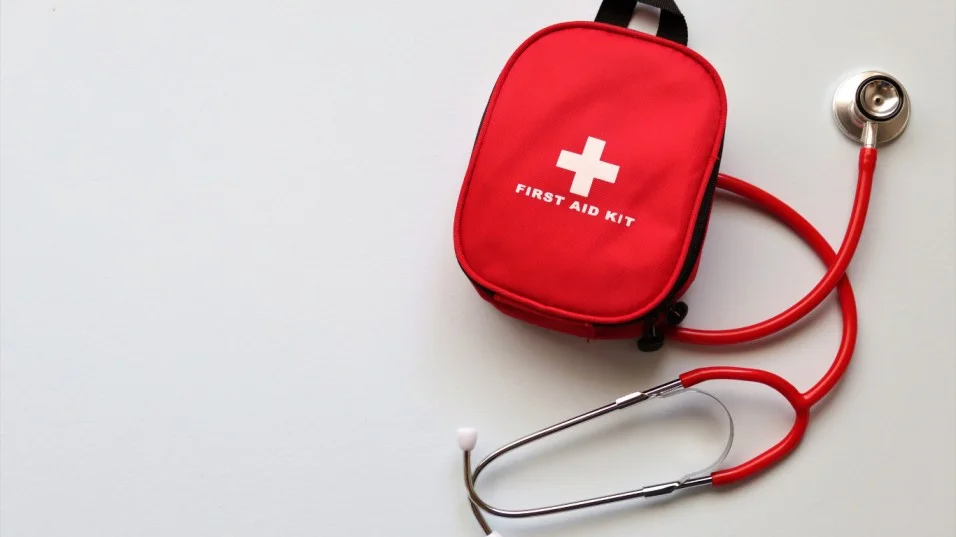The importance of being equipped with basic life-saving skills cannot be overstated. Emergency life-saving practice is not just concerned with healthcare professionals; it’s a crucial skill set for everyone.
This article explores the essentials of first aid and CPR training, exploring their importance, what they entail, and how they can make a significant difference in emergencies.
Mastering Life-Saving Techniques
First Aid and CPR education involves learning how to respond to emergencies effectively. This training is designed to equip individuals with the skills to offer crucial assistance.
It’s about stabilizing an individual’s condition through managing bleeding, ensuring open airways, or performing chest compressions.
Therefore, these actions can significantly impact survival rates and outcomes in emergencies, bridging the gap until professional medical assistance arrives.
Why Learn First Aid and CPR?
The primary goal of this training is to save lives. In emergencies, immediate and correct action can mean the difference between life and death.
For instance, administering CPR in the critical minutes of cardiac arrest can double, even triple, a victim’s chance of survival.
These skills empower individuals to be proactive in crises, transforming them into potential lifesavers capable of making a profound impact when it matters most.
Components of The Training
First Aid and CPR education typically includes a range of techniques and knowledge areas. Below are some key components:
1. Basic First Aid: This covers handling minor injuries, like cuts, burns, or sprains. It also includes managing more severe conditions, such as fractures or bleeding, until professional help arrives.
2. CPR Training: This focuses on life-saving techniques used when someone’s breathing or heartbeat has stopped. The training covers chest compressions and rescue breathing, which can keep oxygen flowing to the brain and other organs.
3. Automated External Defibrillator (AED) Use: In addition to CPR, an AED—an easy-to-operate tool for helping those experiencing a sudden cardiac arrest—is often included in the training.
Benefits of This Training
Empowering Individuals: By mastering these skills, individuals feel more confident and prepared to handle emergencies.
Community Safety: Communities become safer when more individuals are trained in these life-saving techniques.
Workplace Readiness: Many workplaces now recognize the importance of having First Aid and CPR staff trained.
Saving Lives: The ultimate benefit is the potential to save lives during critical emergencies.
Read more: Enroll in a First Aid Course and Make a Difference
Choosing the Right Program
When selecting a First Aid and CPR education program, it’s important to consider the
following:
1. Accreditation: Ensure the program is recognized and accredited by relevant health and safety authorities.
2. Comprehensiveness: The course should cover all essential First Aid and CPR aspects.
3. Practical Components: Look for programs with hands-on training to practice the skills.
4. Instructor Expertise: Experienced and certified instructors make a significant difference in the quality of training.
Maintaining and Updating Skills
First Aid and CPR techniques and guidelines can change. Therefore, it’s crucial to keep skills updated through regular refresher courses. This ensures readiness to respond effectively in any emergency.
Therefore, staying informed about the latest practices is vital, as advancements in medical science and emergency response can lead to more effective and safer techniques for life-saving interventions.
Conclusion
First aid and CPR training are invaluable investments in personal safety and the well-being of those around. It arms individuals with the knowledge and confidence to act swiftly and effectively in emergencies. In essence, this training does not just benefit the individual; it extends to families, workplaces, and communities, fostering a safer environment for all. Remember, anyone can be a lifesaver, and it starts with taking that first step toward learning these essential life-saving skills.

